In the quest for longevity and optimal health, scientists have turned their attention to the power of herbal antioxidants. These natural compounds, found abundantly in plants, play a critical role in neutralizing harmful free radicals and mitigating oxidative stress—a key driver of aging and chronic diseases. Recent research has delved deep into the cellular pathways through which these botanicals exert their protective effects, revealing a complex interplay of molecular mechanisms that could revolutionize preventive medicine.
Oxidative stress occurs when there is an imbalance between free radicals and antioxidants in the body. Free radicals, unstable molecules with unpaired electrons, can damage cellular structures, including DNA, proteins, and lipids. Over time, this damage contributes to conditions such as inflammation, neurodegenerative disorders, and even cancer. Herbal antioxidants, however, offer a natural defense system. Compounds like polyphenols, flavonoids, and terpenes—abundant in herbs like turmeric, green tea, and ginkgo biloba—intervene at the molecular level to restore balance and protect cells.
One of the most studied pathways involves the activation of the Nrf2-Keap1 signaling cascade. Under normal conditions, Keap1 suppresses Nrf2, a transcription factor responsible for regulating antioxidant response elements (AREs). When herbal antioxidants such as curcumin or resveratrol enter the system, they modify Keap1, releasing Nrf2 to migrate into the nucleus. Once there, Nrf2 binds to AREs, triggering the expression of detoxifying and antioxidant enzymes like superoxide dismutase (SOD) and glutathione peroxidase. This pathway effectively enhances the cell’s ability to combat oxidative stress.
Another critical mechanism centers around the modulation of mitochondrial function. Mitochondria, the powerhouses of the cell, are both major sources and targets of oxidative damage. Herbal compounds like berberine, found in goldenseal, have been shown to improve mitochondrial efficiency by upregulating AMP-activated protein kinase (AMPK). This enzyme not only boosts energy production but also reduces reactive oxygen species (ROS) generation, thereby preserving cellular integrity. Such findings underscore the potential of herbal antioxidants in addressing mitochondrial dysfunction linked to aging and metabolic disorders.
Beyond direct antioxidant activity, many herbal compounds exhibit indirect effects by influencing inflammatory pathways. Chronic inflammation is closely tied to oxidative stress, creating a vicious cycle that exacerbates tissue damage. For instance, the active component in ginger, 6-gingerol, has been found to inhibit NF-κB, a protein complex that controls cytokine production. By dampening NF-κB activation, gingerol reduces the release of pro-inflammatory molecules, thereby alleviating oxidative stress indirectly. This dual action—targeting both oxidation and inflammation—highlights the multifaceted benefits of herbal interventions.
Emerging studies also point to the role of autophagy, the body’s cellular recycling system, in the protective effects of herbal antioxidants. Compounds like sulforaphane, derived from broccoli sprouts, have been shown to promote autophagy, clearing out damaged cellular components that could otherwise contribute to oxidative stress. This process not only enhances cellular resilience but also supports overall tissue health, offering promising implications for age-related degenerative diseases.
Despite these advances, challenges remain in translating laboratory findings into clinical applications. Bioavailability—the extent to which these compounds reach their target tissues—varies widely among herbal antioxidants. Researchers are exploring novel delivery systems, such as nanoparticle encapsulation, to enhance absorption and efficacy. Additionally, the synergistic effects of multiple herbal compounds, as opposed to isolated ingredients, warrant further investigation to unlock their full therapeutic potential.
The exploration of herbal antioxidants and their cellular pathways is more than a scientific endeavor—it’s a return to nature’s pharmacy. As research continues to unravel the intricate mechanisms behind these botanicals, the promise of harnessing their power for health and longevity grows ever brighter. From ancient remedies to modern medicine, the journey of herbal antioxidants is a testament to the enduring wisdom of nature and the relentless curiosity of science.

By /Jul 14, 2025

By /Jul 14, 2025

By /Jul 14, 2025
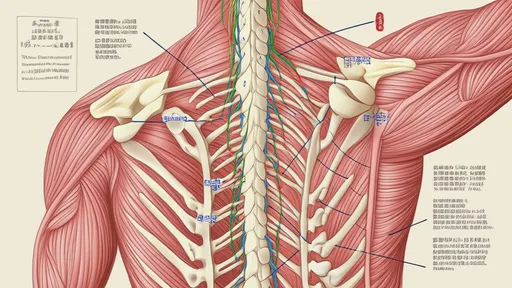
By /Jul 14, 2025
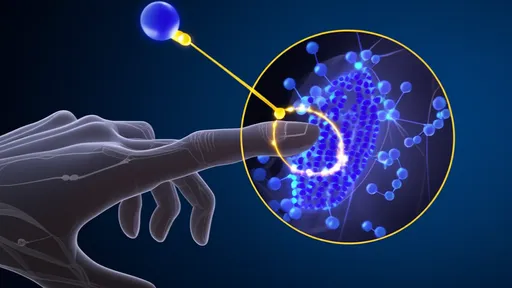
By /Jul 14, 2025
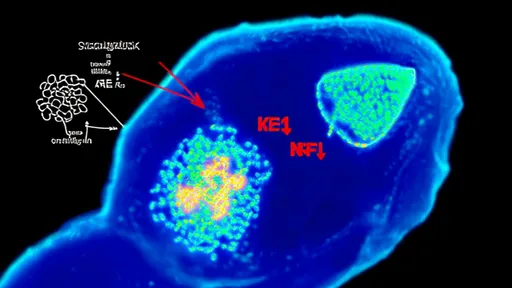
By /Jul 14, 2025

By /Jul 14, 2025

By /Jul 14, 2025

By /Jul 14, 2025

By /Jul 14, 2025

By /Jul 14, 2025
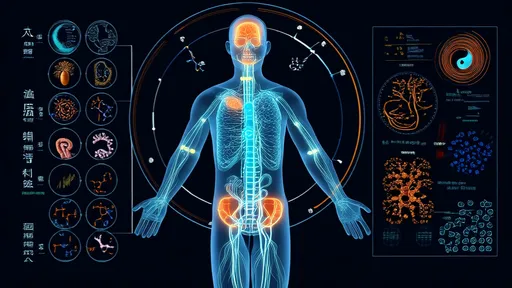
By /Jul 14, 2025

By /Jul 14, 2025

By /Jul 14, 2025

By /Jul 14, 2025

By /Jul 14, 2025

By /Jul 14, 2025
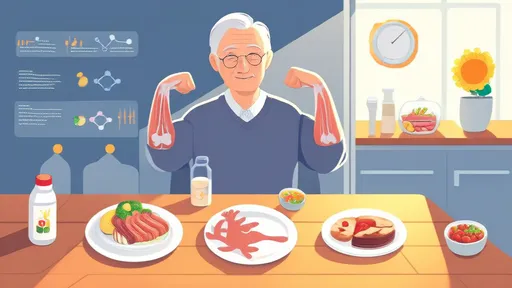
By /Jul 14, 2025